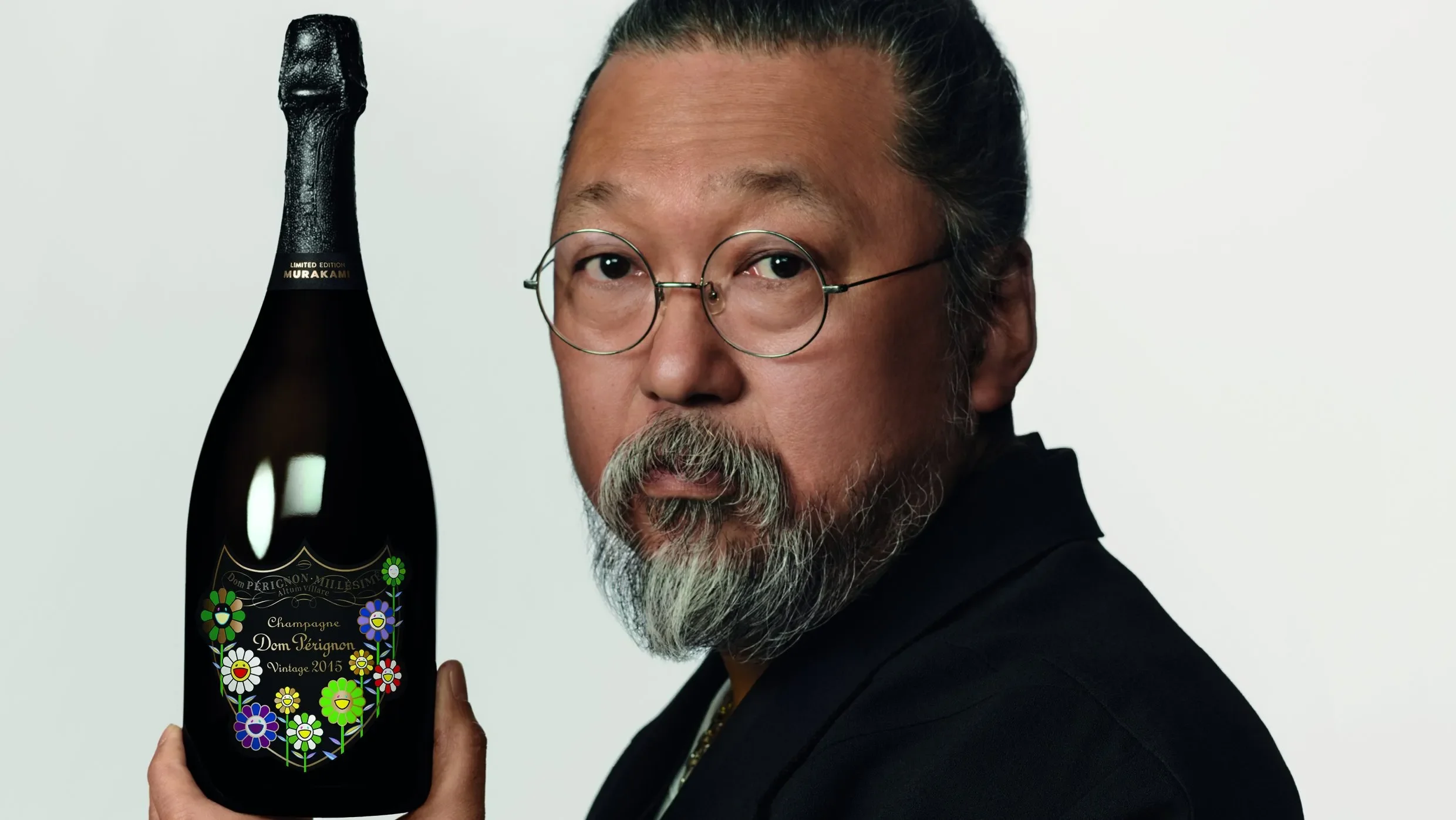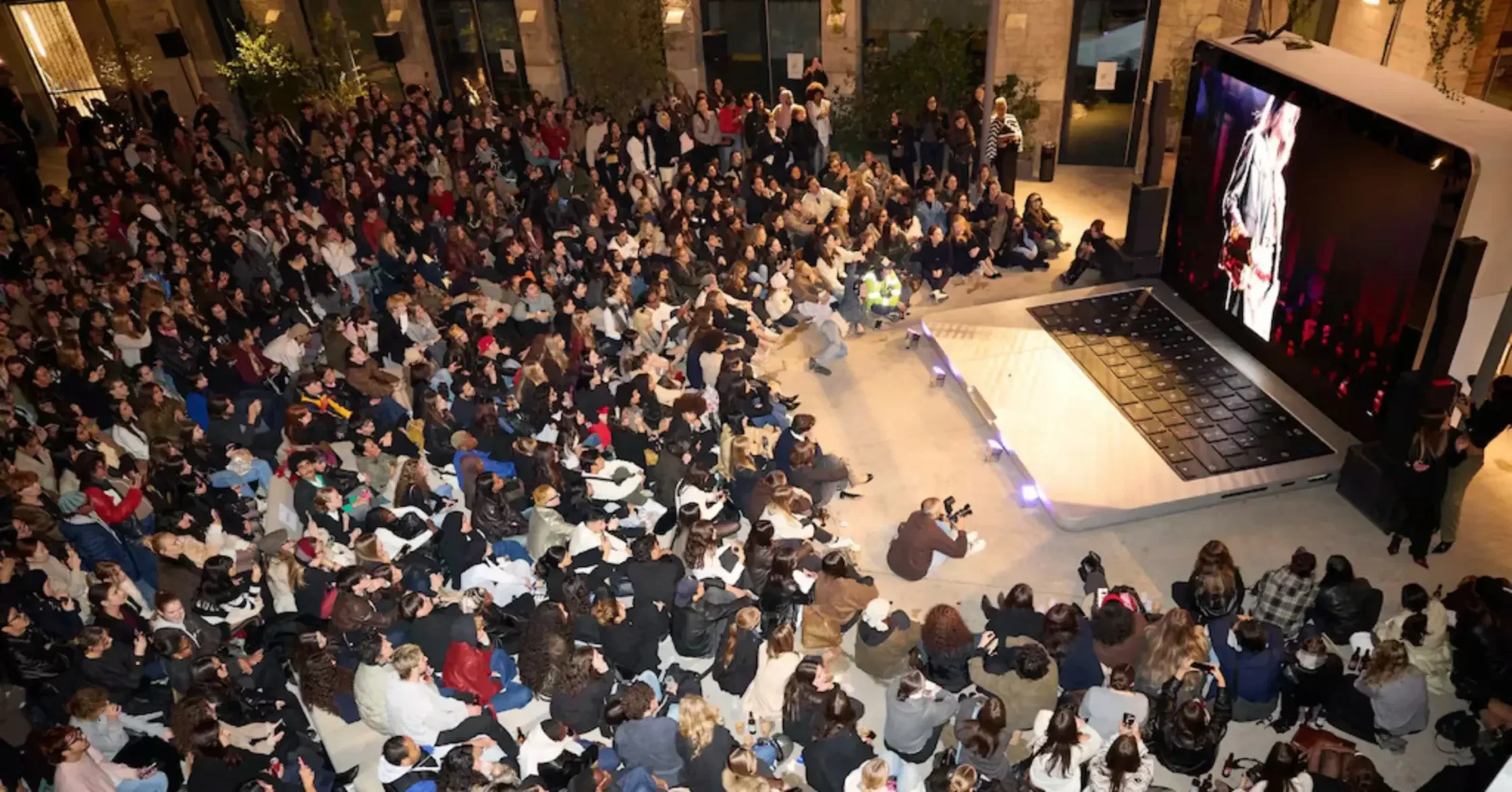The Four Emerging States Shaping the Future of Luxury
Feature by Havas Media Lux.
Each year at Havas Media Lux, we release “The New Codes of Luxury,” our bespoke annual report that explores the evolution of the luxury category. The report examines factors driving audience growth as well as cultural and behavioural influences that are reshaping the definition of luxury. In the third chapter, we have identified four emerging states—new expectations that impact credibility and desirability that will determine how brands should engage with consumers. These states re-confirm what we have seen before; that today’s luxury is defined by behaviour as much as by products. Brands that recognise these states and effectively incorporate them into their strategies, will be the brands that win in 2026.
Image: Havas Media Lux “The New Codes of Luxury” at The Rosewood Hotel.
1.Proof, Not Polish Consumers are no longer convinced by a glossy veneer. With rising price points and increasing concerns about fakes, inflation and AI distortion, they’re demanding something more fundamental: proof. They want to see craft, provenance, skill, time and intention. They want transparency instead of illusion, and detail instead of distance. What does this mean for media? Brands need to ‘show’ even more of the work. Media becomes the space where this proof can be demonstrated. Brands need to shift even further from aesthetic perfection to a visible process — using content, creators, and long-form formats that let consumers step inside the atelier, witness the construction, and understand the integrity behind the craft. In 2026, transparency becomes a form of desirability, and authenticity becomes the most powerful creative asset.
Image: The Walmart Wirkin, 2025.
2. Culture as Creation This year’s report uncovered that it’s no longer enough for brands to participate in culture; they need to generate it. The luxury consumer now expects brands to behave like cultural producers — building worlds, commissioning creators and expressing a point of view that transcends campaign cycles. This is especially true for the emotionally driven Joy Rejuvenator audience we uncovered 18 months ago and revealed in last month’s intelligence. The Joy Rejuvenator’s are back and gravitate towards brands that spark inspiration, creative energy and a sense of belonging. What does this mean for media? In 2026, it needs to serve as a stage for creation, not just communication. This means collaborating with culturally credible voices rather than just influencers and crafting content ecosystems that evolve over time. Media isn’t simply distributing messages; it’s extending a universe. The brands that win will be those whose creative output becomes part of the cultural rhythm, not merely a reflection of it.
Image: Dom Perignon x Takashi Murakami, 2025.
3. Fluency over Fame Influence has shifted from fame to fluency. Today’s luxury consumer is more sceptical of traditional celebrity endorsements and hyper-polished influencer content. Instead, they reward voices who understand and showcase the brand, its craft, its codes and its cultural context. Credibility now carries more weight than visibility, and expertise and alignment matter more than follower counts. How does this impact media? Brands must prioritise credible voices. Media partnerships with collaborators who bring depth rather than scale —artisans, cultural commentators and niche creators who can genuinely articulate the brand’s world. These partnerships create resonance, not just reach. In an era of information overload, fluency becomes a filter: consumers seek out individuals they trust to help them understand luxury, not just promote it.
Image: @ly.as The Watch Party, 2025
4. Sustainability as Standard Sustainability is no longer a differentiator. For the modern luxury consumer, it is an expectation, a baseline rather than a bonus. People assume brands are acting responsibly, and they look for signs of longevity, circularity, and care that are embedded seamlessly into the product and its ecosystem. Quiet luxury, investment purchasing and slower consumption habits reinforce this shift. How should media respond? We need to make responsibility routine. Media must normalise sustainability rather than spotlight it. Instead of grand declarations or seasonal campaigns, responsibility should be consistently evident across the year — storytelling through repair narratives, material transparency, lifecycle content, and demonstrations of durability. When sustainability becomes part of the everyday dialogue, not the exception, it reinforces trust and reinforces the brand’s long-term value.
Image: Stella McCartney ’world’s first’ vegan feathers, 2025.
What does this mean for future communications? These four states illustrate a luxury landscape transformed by expectation rather than aspiration. Importantly, they also shift the role of media. Media is no longer just a distribution channel; it’s where brands demonstrate their commitments, establish cultural relevance, showcase their fluency, and embed a sense of responsibility across multiple platforms. Omnichannel consistency is key, consumers must see and experience one story, told in different ways, tailored to platform and format. Brands that can confidently operate within these states — in a consistent, creative, and credible manner — will shape the future of luxury in 2026 and beyond.
If you’d like to find out more about “The New Codes of Luxury: The Third Chapter”, please get in touch with with the Havas Media Lux team via Hmgukcomms@havasmg.com.





